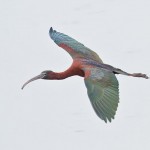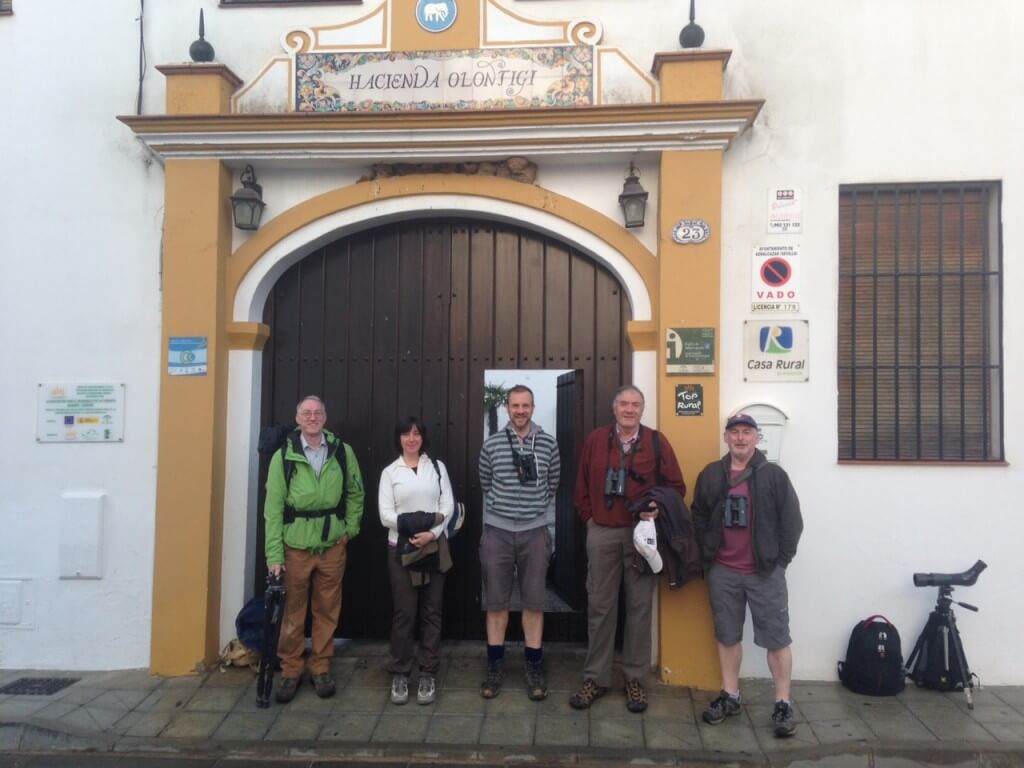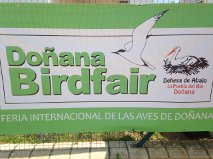Four days in the Coto Donana in spring sounds a pretty tough gig to you, I guess. But somebody had to do it and so an intrepid band of six of us arrived in Seville, in the rain, last Wednesday prepared to bird until we dropped. Although, in actual fact, we interspersed birding with some fantastic meals and some discussions with some wonderful Spanish conservationists and birders. And there was lots of sun and no more rain.
Who were we – I’ll tell you later?
What were we doing – I’ll tell you later (although the image at the foot of this blog is a big clue)?
Birds, of course, come first and the Coto Donana, south of Seville, on the western side of the Guadalquivir River has long been a hunting ground for birders in search of some of Spain’s, indeed Europe’s, best birding. And before it became a hunting ground for birders and naturalists, it was a hunting ground for Spanish nobility and royalty.
Our hunting went pretty well really, with over 150 bird species seen in our three full days and two half days.That’s a lot of birds – and we missed some! We didn’t see Spanish Imperial Eagle but we did see Crested Coot, Lesser Short-toed Lark, Slender-billed Gull, Audouin’s Gull, Marbled Duck, White-headed Duck, Squacco Heron, Iberian (Azure-winged) Magpie, Booted Eagle and Flamingos – and, rather obviously, about 140 other bird species too. And those examples pretty much nail our location for anyone who knows their birds!
I’ve been to the Coto a couple of times before and found it a bit overpowering in that it’s sometimes difficult to know where to go in such a large area. Much of the National Park is restricted access, but there is enough access to keep you happy for several days, and parts of the Natural Park (the lesser conservation designation) are closed to the public (because people are making a living in them). But although we had privileged access to some areas, in the end, there were very few species which we didn’t catch up with in areas of public access.

I’ll tell you a bit more about the Coto through the week, and it won’t just be a list of birds either, but the birds were stunning. I saw my first European Glossy Ibis in this area many years ago and they have undergone a remarkable expansion in numbers since my last visit. They are lovely birds: an interesting shape, look good in flight and, up close, are very handsome indeed (and truly glossy too).
But the wonder of such a large protected area, with its mixture of coastal habitats, freshwater marshes, grasslands and woods is the variety of birds (and other wildlife). There were plenty of familiar species but it’s not every day the Blackbird you see is in the same wood as a Spotless Starling, Azure-winged Magpies and Sardinian Warblers. And it’s not every day that the Mallard and Gadwall are with Whiskered Terns, Black-winged Stilts and Black-necked Grebes. And not every day does one check the medium-large raptors to see which are Black Kites, which Red Kites, which Booted Eagles, which Hen, Montagu’s and Marsh Harriers, and which really are ‘just’ common Buzzards.We saw all of those and Short-toed Eagles, Griffon Vultures, Osprey and Peregrine, Hobby, Kestrel and Lesser Kestrels.
Today I’ll be walking around my patch at Stanwick Lakes as some of you read this post. And I’ll be enjoying seeing whether some of the species our group saw in Spain have made it through to East Northants yet (House Martin? Swift? Hobby?), but there won’t be any Savi’s Warblers, Caspian Terns, or Purple Gallinules.
Oh yes, and we did see one rarity – a Lesser Yellowlegs from North America was wandering around a flooded field in southern Spain with Ruff, Ringed Plovers, Curlew Sands, Greenshanks etc.
More tomorrow…
[registration_form]


Sounds like you enjoyed yourself Mark! I do hope you might spare a few lines in this series for one of the most important, but sadly overlooked, persons responsible for saving this magnificent area, namely Guy Mountfort?
Peter – watch this space! It was a great trip – as much, as always, for the people and friends one makes and re-encounters, as for the birds (which were wonderful). It would have been good to see you too – next time!
Sounds fantastic, Mark! Isn’t it strange how you managed to see so many species of birds with all those vicious predators around? Surely they would have wiped them all out by now – or have I been paying too much attention to the SS and G(W)CT?
Alan – yes it is strange isn’t it.